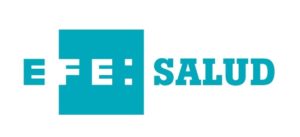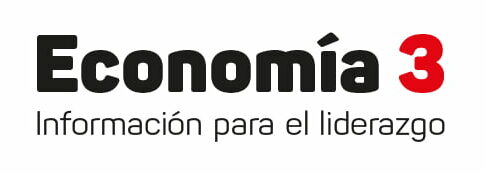Técnicas para encontrar Influencers en Redes Sociales
Te enseñamos a analizar las redes sociales para descubrir al Influencer que mejor se adecue a los valores de tu marca.
Mediante técnicas de Social Listening y sin necesidad de mil herramientas o procesos largos y tediosos.

EN ESTA GUÍA ENCONTRARÁS...
Un método probado y testeado para encontrar a los influencers ideales para tu estrategia
🌟 Aprenderás a encontrar las personalidades adecuadas para promocionar tu marca y marcar la diferencia entre el éxito y el estancamiento.
💡 Identificar al Influencer perfecto es un punto clave para potenciar tu estrategia en redes sociales o el alcance y el ROI de tus campañas.
📈 Aplicando estas técnicas, experimentarás una mejora visible en la calidad de los prescriptores de tu marca, mejorando la reputación online y alcance.
QUIÉNES SOMOS

Más de 10 años de experiencia en monitorización online
Somos una herramienta de social listening basada en tecnología machine learning e inteligencia artificial.
De forma automática, analizamos comentarios, interacciones o menciones en redes sociales para plasmar esa información en KPIs de medición alrededor de las temáticas que se están monitorizando.
Somos expertos en social listening con más de 10 años en el sector.
¿Para quién es esta guía?
NO TE LA QUERRÁS PERDER SI…














